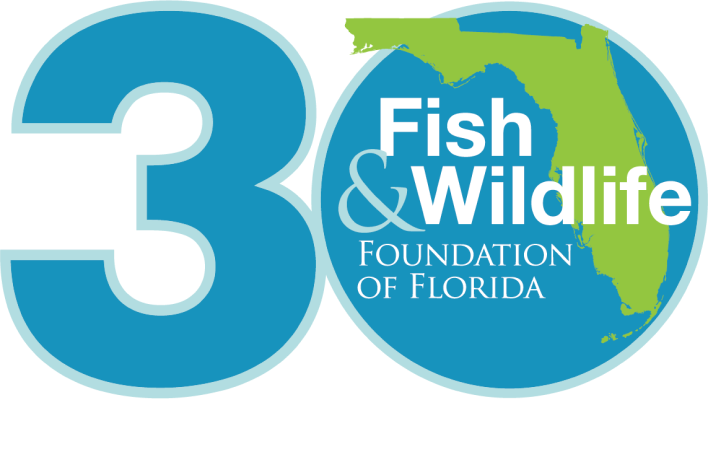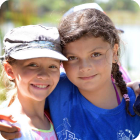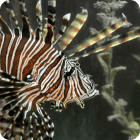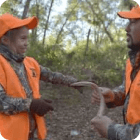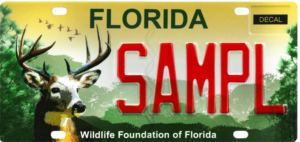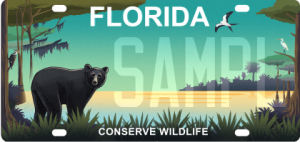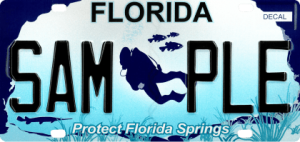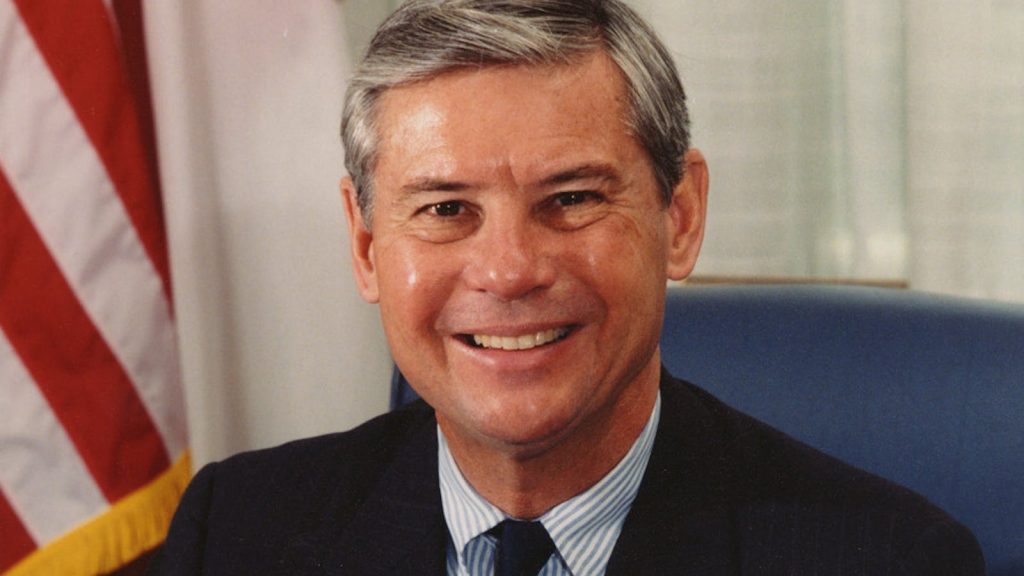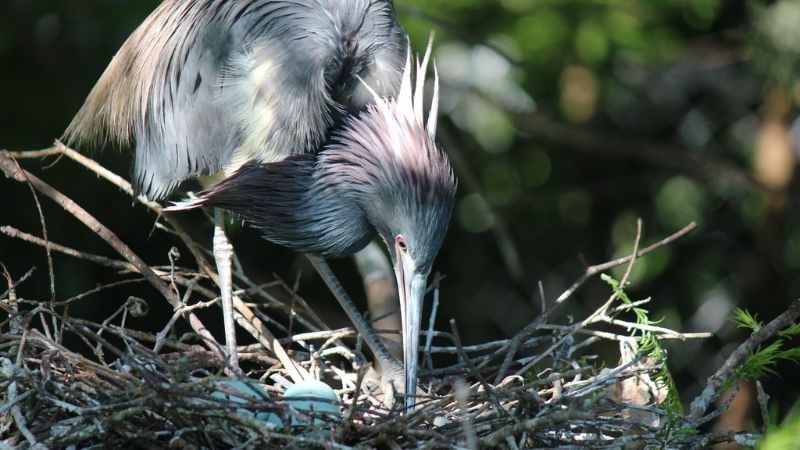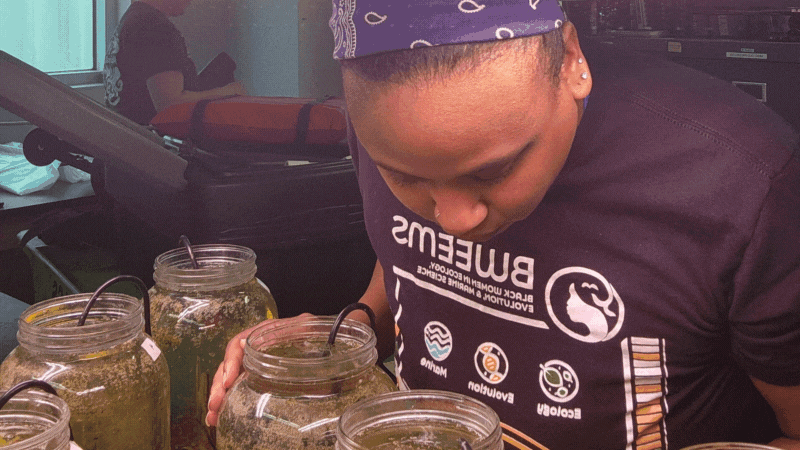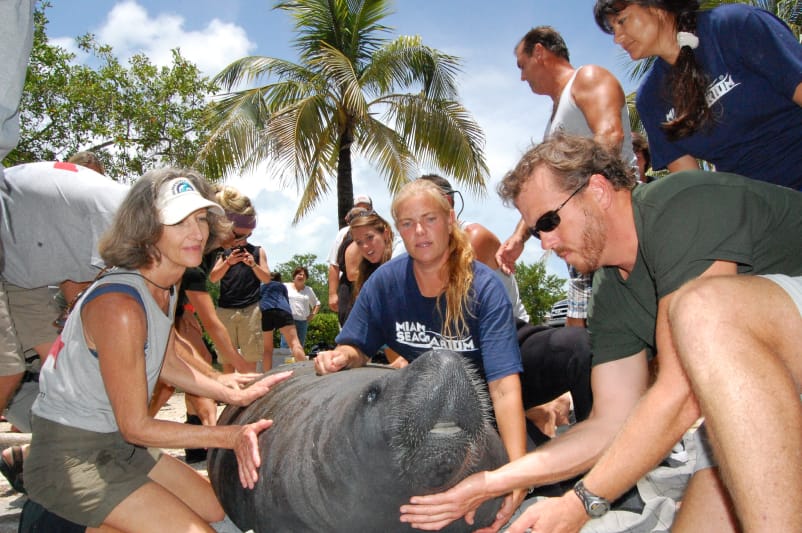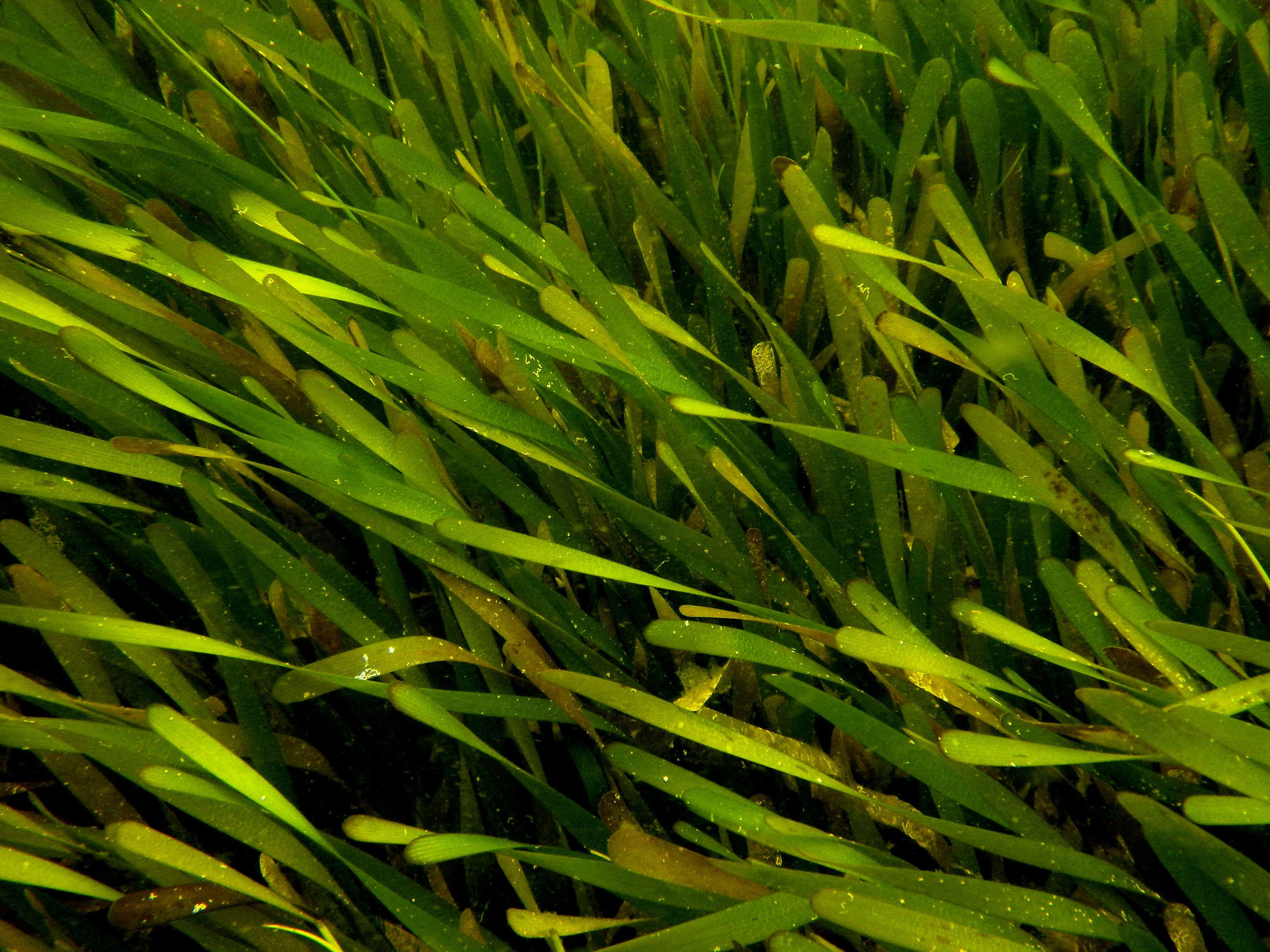
Even though Seagrass Awareness Month has drawn to a close, we’re keeping the light shining on vital seagrass restoration efforts in the Indian River Lagoon. And thanks to a generous $25,000 matching grant from the Nancy P. and Richard K. Robbins Family Foundation, we have the means to expand our work. A similar grant held last year contributed $50,000 from the Robbins Family Foundation, S. Kent Rockwell Foundation, and Florida Power & Light toward seagrass restoration in the lagoon.
The restoration of Florida’s rapidly depleting seagrass meadows is vital to marine wildlife and the state’s economy. “Underwater plants are the lungs of the lagoon,” said Foundation Board Chair Carlos Alfonso. “Two-and-a-half acres of seagrass supports as many as 100,000 fish and 100 million invertebrates, in addition to providing manatees with a crucial food source.”
The Indian River Lagoon runs along 40% of Florida’s east coast and is home to over 4,000 fish and plant species, making it one of the most diverse estuaries in the United States. In the past 10 years, declining water quality led to ruinous harmful algal blooms. The lagoon has lost more than 46,000 acres of seagrass – 58% of the total.
The seagrasses of the lagoon are critical for biodiversity: a single acre of seagrass may support as many as 40,000 individual fish and 50 million small invertebrates. Seagrass loss has resulted in dwindling numbers of redfish (despite increasing numbers in all other regions), a plummeting catch of sea trout, and a record-breaking year of manatee deaths. In 2021, more than 1,100 manatees died– more than 15% of the Florida population, mostly due to starvation in the lagoon.
According to the UCN Red List of Threatened Species, one-fifth of all seagrass species are already categorized as Near Threatened, Vulnerable, or Endangered, including several found in the Indian River Lagoon, Tampa Bay, and other coastal areas of Florida.
The Fish & Wildlife Foundation of Florida is one of several groups working hard to restore Florida’s vital seagrass meadows with eight planting projects underway in the lagoon this year. Many of these projects occur in tributaries that have proven to have good water quality. Plantings in 2022 have yielded hopeful results.
For more information on seagrass restoration or to donate to the Seagrass Awareness Challenge, contact Dani Richter, Director of Philanthropy.
